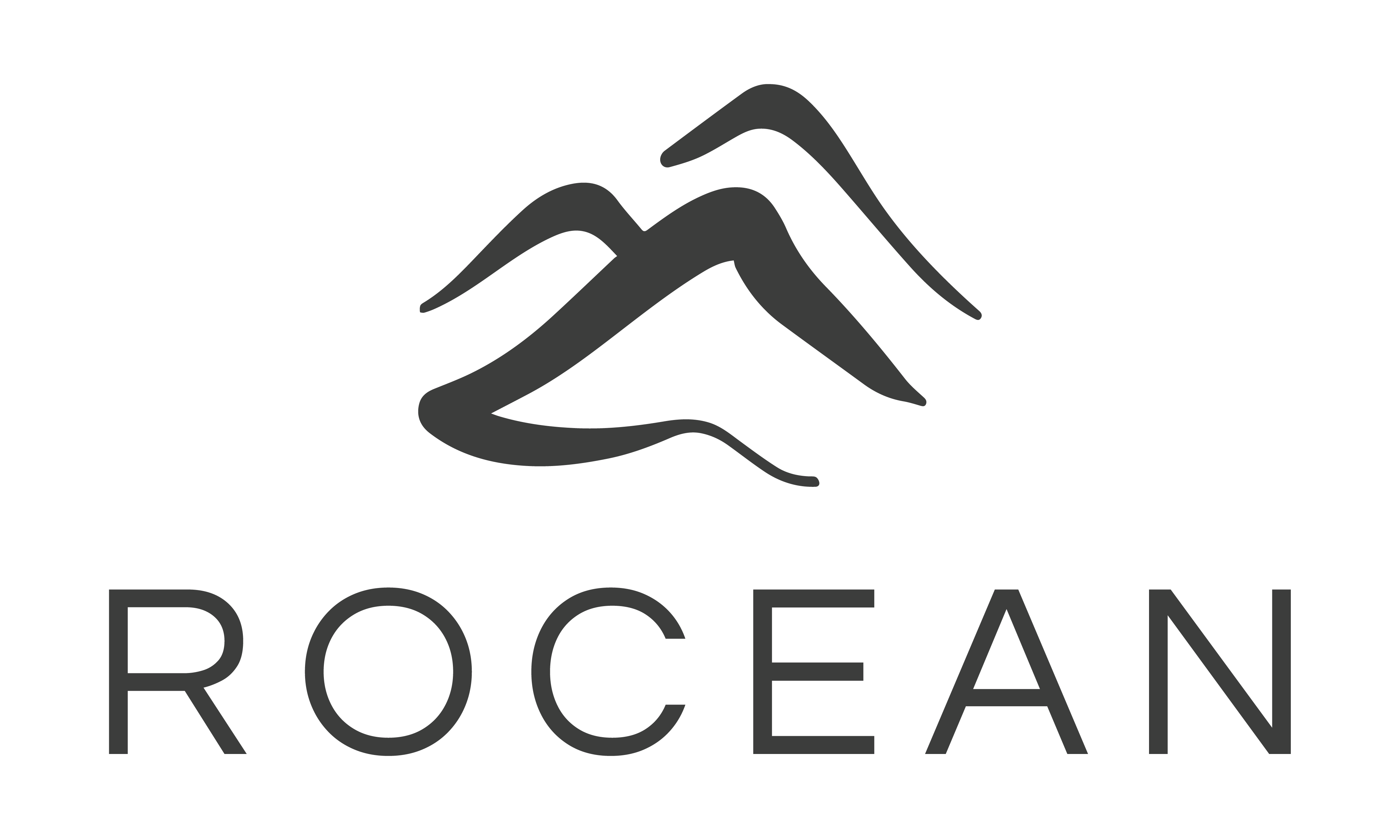Cold bath at what temperature: finding the right balance to get all the benefits
This is a question that everyone interested in the benefits of immersion asks: how cold should the bath be for the body to react without experiencing discomfort? While cold is beneficial, it must be used carefully. Too hot, and it doesn't activate anything. Too cold, and it becomes uncomfortable, even dangerous for the uninitiated.
In most cases, water between 10 and 15°C is sufficient to activate recovery mechanisms. This temperature range triggers vasoconstriction, reduces inflammation, and stimulates circulation, without putting the body on over-alert. It is in this range that cold baths reveal their full potential, both for athletes and for those looking to improve their well-being.
Of course, it all depends on the goal: muscle recovery, immune stimulation, energy boost... Each use has its own ideal temperature. That's what we'll explore here.
Cold bath, at what temperature?: adapt the water to your needs
At what temperature is a cold bath effective? To answer this question precisely, you must first define the context. After a workout, a temperature of 12 to 15°C is more than sufficient to soothe muscles and promote recovery. This level is tolerable for the majority of users and allows for immersion of 8 to 12 minutes without major discomfort.
On the other hand, for more targeted objectives, such as mental strengthening or metabolic activation, we can go down to 8 or even 6 °C. But this requires a rigorous protocol and a shorter exposure, between 2 and 5 minutes, as recommended in the method presented in how long for a cold bath .
It's important to remember that the ideal temperature also depends on frequency. It's better to practice regularly at 13°C than occasionally at 5°C when in pain. Regularity creates adaptation, and adaptation makes the cold comfortable—even pleasant.
How the body reacts to different temperatures
When you immerse yourself at 15°C, your body triggers a moderate response. Circulation increases, muscles relax, and the nervous system rebalances. This is the ideal temperature for frequent use.
At 10°C, the impact becomes more pronounced. The skin tingles, breathing accelerates slightly. It's an excellent compromise between effectiveness and accessibility. Below 8°C, the shock is real: the blood vessels contract suddenly, the heart rate increases, and the mind kicks in.
For these lower temperatures, caution is advised. It's best to be supervised or have extensive experience with cold weather. Cold bathing, and at what temperature, therefore remains a question of dosage and listening to yourself.
Exposure time: do not neglect the duration factor
Temperature is inseparable from duration. A bath at 14°C can last 10 minutes. At 8°C, 5 minutes is enough. At 4°C, two minutes is already intense. It's never about holding on at all costs, but rather about achieving a precise, measured, and adjusted effect.
The goal is to create temporary, beneficial stress. Not to exhaust yourself or leave shivering. The body knows when it has received enough information to trigger its regulatory mechanisms. The role of temperature, in this context, is to stimulate, not shock.
Cryotherapy bath, at what temperature?: extreme precision and targeted use
The question of the cryotherapy bath and its temperature often arises among those who use professional equipment. Here, the temperature is controlled to the nearest degree, thanks to high-performance cooling systems. It generally ranges between 8 and 12°C, sometimes a little lower depending on the protocol.
The advantage of immersion cryotherapy over a dry cabin is the direct contact with water, which promotes a uniform action across the entire body. This type of bath is particularly suitable for athletes seeking rapid recovery after intense exercise or for those suffering from chronic pain.
By combining controlled temperature and precise timing, you achieve maximum effect with minimal discomfort. This is what makes cryotherapy so effective, provided you understand the effects of each degree.
The right compromise between performance and comfort
If you're wondering what temperature to use for a cryotherapy bath , comfort should never be overlooked. While it's true that cold is most effective below 10°C, it's also harder to tolerate. That's why many users prefer a temperature around 12°C, which allows for complete immersion without excessive stress.
The secret, again, lies in consistency. It's better to bathe three times a week at 12°C than to do just one at 6°C while clenching your teeth. Cryotherapy is a long-term process, and the cold becomes more accessible as you get used to it.
Side effects and contraindications
Exposure to the cold isn't without its limits. Too low a temperature can cause violent reactions if the body isn't prepared. Uncontrollable shivering, dizziness, difficulty breathing... these are all signs that indicate you should cut your session short or adjust your temperature.
The temperature you set your cold bath to must therefore be chosen carefully, taking into account your physical condition, your tolerance level, and your goal. And as with any exercise, a recovery phase after immersion is essential: gradual warming, hydration, and rest.
Cold Nordic bath, at what temperature?: rustic but effective immersion
The temperature to set for your cold Nordic bath is distinguished by its traditional appearance. Generally installed outdoors, it is fed by natural water, rarely heated. It is entered after a sauna or exposure to heat. The effect is striking, and sought after for its ability to revive the body.
In this case, the temperature varies depending on the season, but often hovers around 6 to 10°C. The exposure is brief, sometimes less than two minutes. We're not talking about sports recovery here, but rather a general well-being ritual inherited from Scandinavian cultures.
The sauna/cold bath combination stimulates the vascular system, improves breathing, and strengthens immunity. A rustic yet incredibly effective practice for those seeking to reconnect with their bodies and nature.
Still have questions ? Let us know, we will be happy to help you.
Contact
